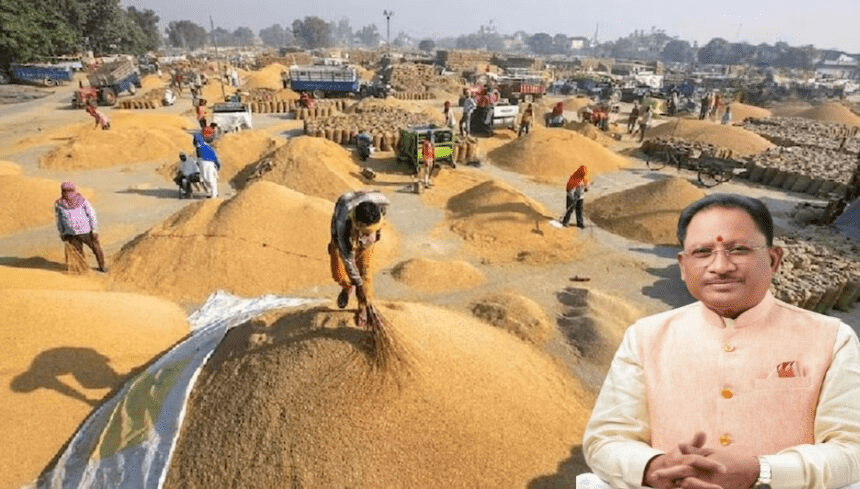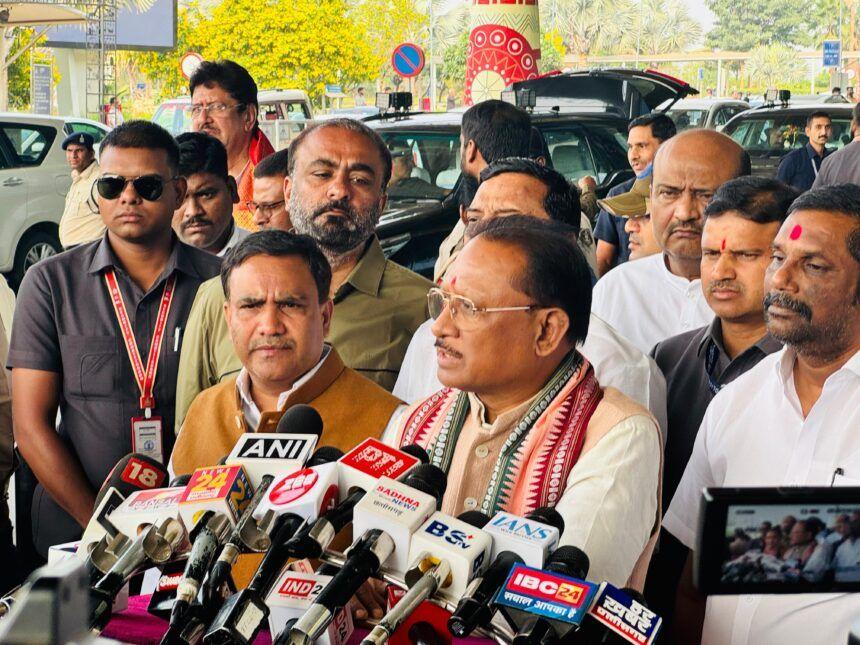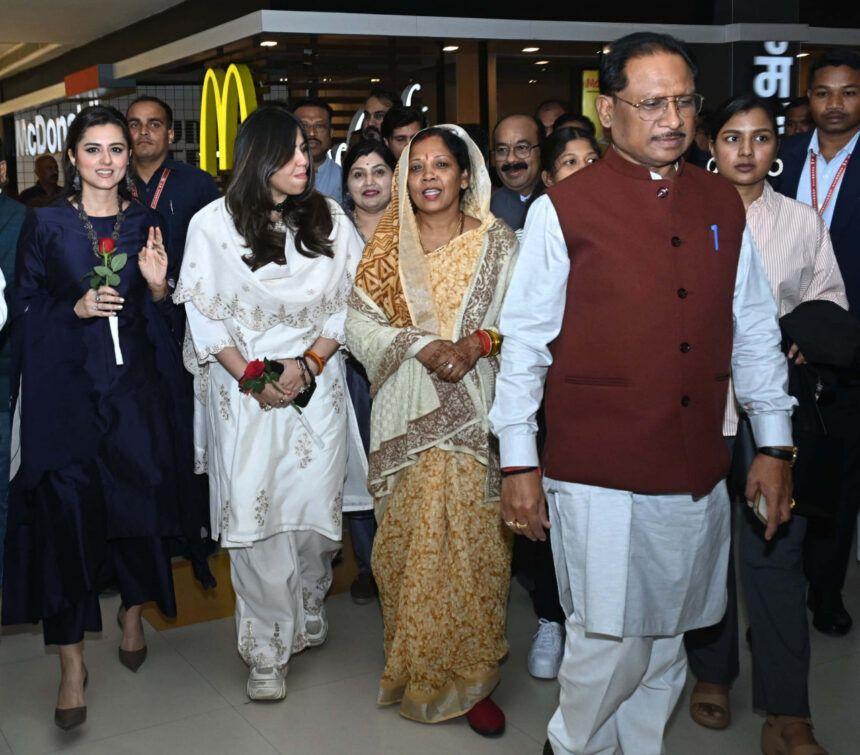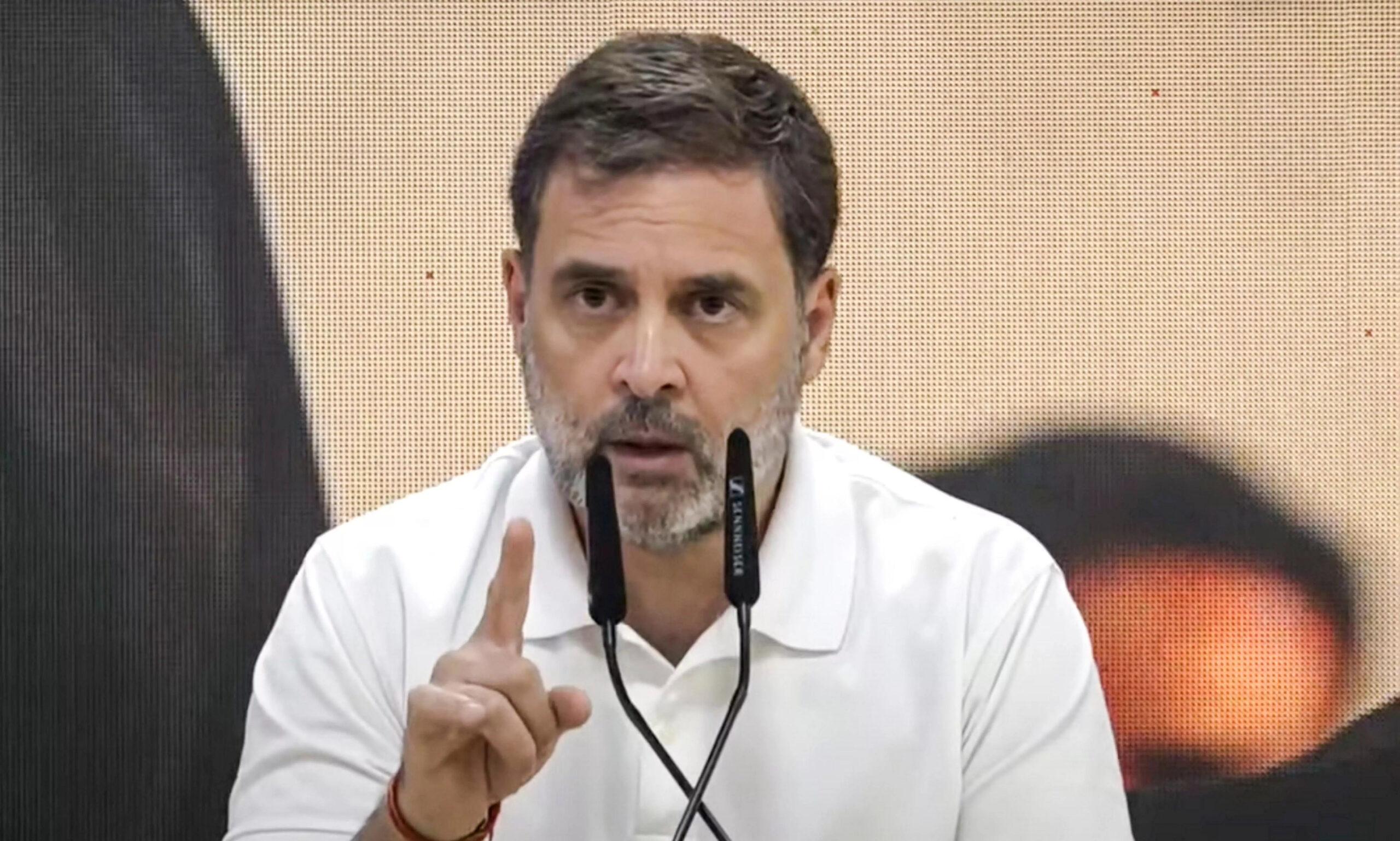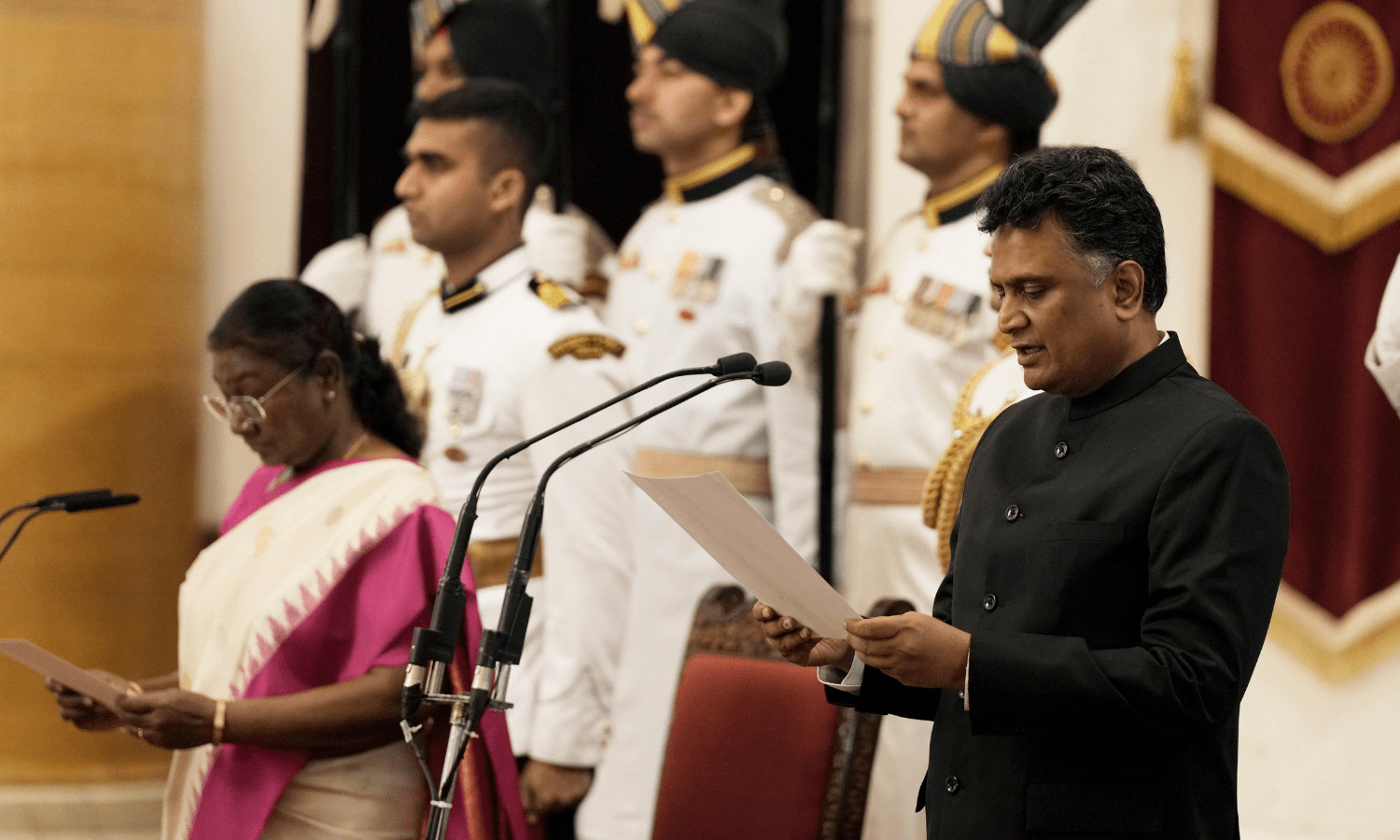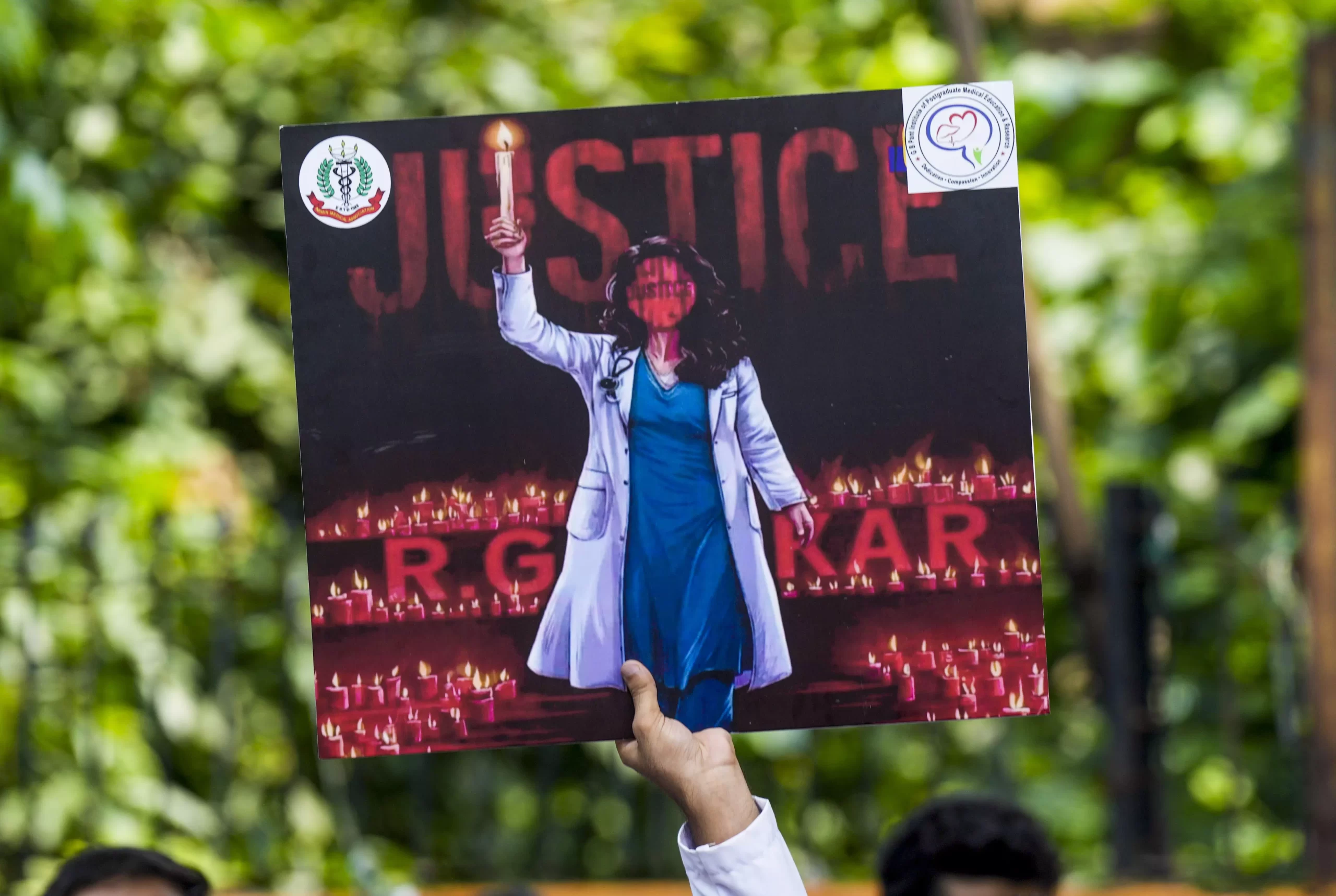
A placard held by a doctor during a protest over the alleged sexual assault and murder of a postgraduate trainee doctor, at Jantar Mantar, in New Delhi, Wednesday. (Image: PTI)
The Supreme Court’s intervention in the ongoing discussion on the circumstances in which a post-graduate medical student was gang raped and brutally killed in Kolkata two weeks ago and the announcement of the setting up of a national task force offer a welcome change in the apathetic way in which governments and administrators have looked into the grievances of the post-graduate resident doctors.
The 10-member task force, to be headed by the director general of medical services of the armed forces, is expected to recommend to the apex court security measures needed to make the lives of PG residents, who virtually run the medical college hospitals, safer. They include development of infrastructure including separate toilets, limiting access to the public in certain areas, installation of CCTV cameras, enhanced police presence in hospitals and regular safety audits. The agitating doctors can now heave a sigh of relief that finally a state agency with some understanding of their problems has come forward to attempt solutions.
t is not that the governments and the universities concerned are unaware of the day-to-day struggle healthcare workers face in hospitals which run 24 by seven. It is unimaginable in normal circumstances that post-graduate doctors are made to work continuously for 36 hours or more with no amenities for freshening up on taking a nap in-between but this has been happening all over India. No effort had been made to improve the situation barring the attempts of an odd, kind-hearted principal or head of the department to make some temporary arrangements. One must not forget the fact that the unfortunate victim who lost her life in the state-run R.G. Kar Medical College and Hospital met with her rapist-assassins in the unsecured seminar hall while she was taking a break. The assessment that she was in deep sleep after continuous duty for more than 36 hours points to the enormousness of the problem and the danger lurking around her.
Both the Union government and the state government have now offered cooperation to the task force. The SC ‘s intervention should ideally lead to the governments, which heavily invest in training a doctor, invest a bit more so that they can work without the mortal fear of being murdered. It would also hopefully improve doctor-patient relations.
The Supreme Court’s direction to collate data on the implementation of state laws providing for punishment for assault on healthcare workers is another step in the right direction. Ruthless implementation of such laws is called for, given the increasing incidents of attacks on hospitals and healthcare workers. The SC’s intervention should force state governments to look into the data and take corrective steps.
The Supreme Court was unsparing in its criticism of the West Bengal government for its inability to stop a mob from gatecrashing and vandalising the hospital where the gruesome incident occurred. The state government and its agencies acted in the most irresponsible way after the murder of the young doctor was reported, but it was unimaginable that hooligans would have a field day on the hospital premises a few days later. The Supreme Court must follow up on its criticism and hold those responsible for the mayhem accountable.
( Source : D C )
![]()

